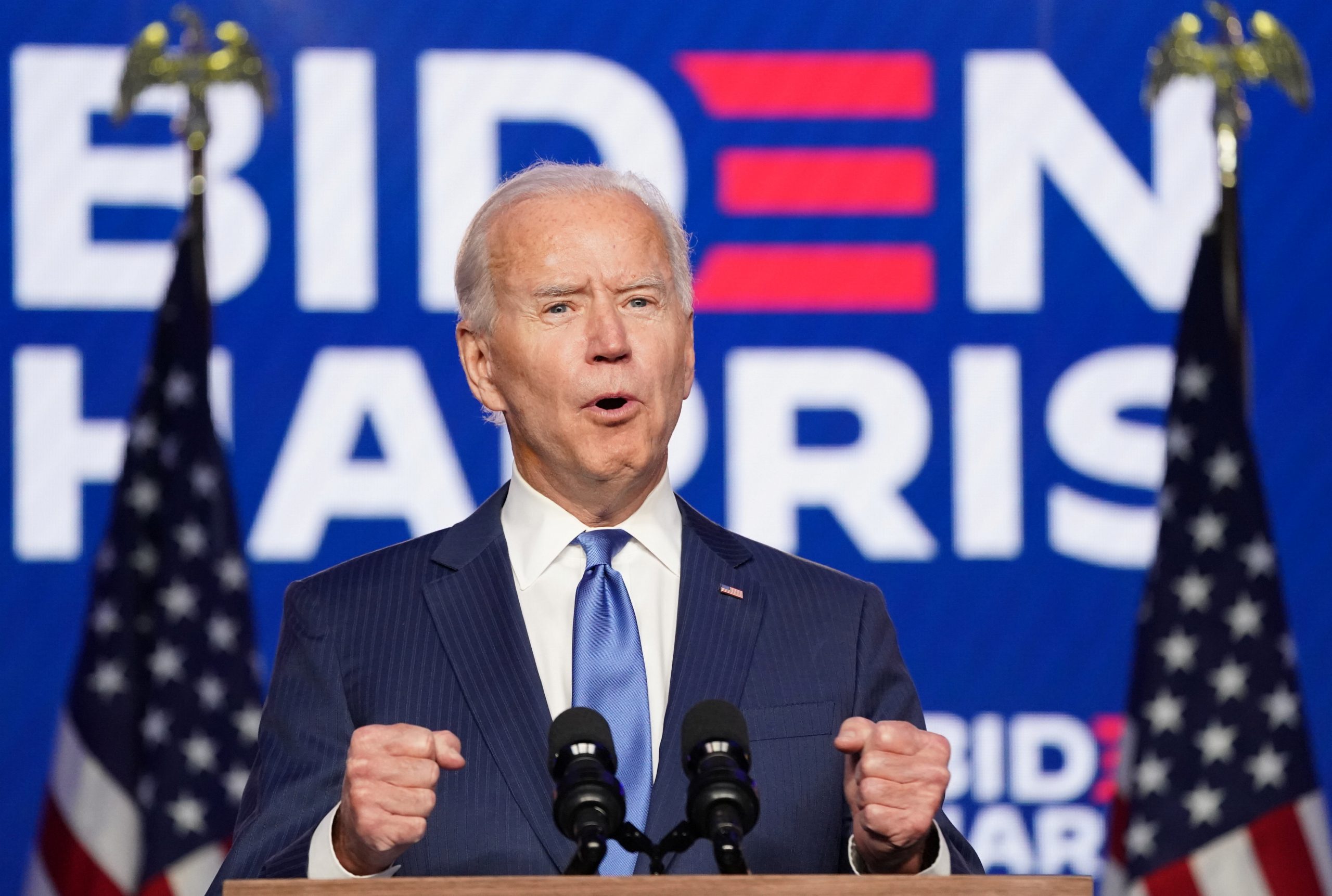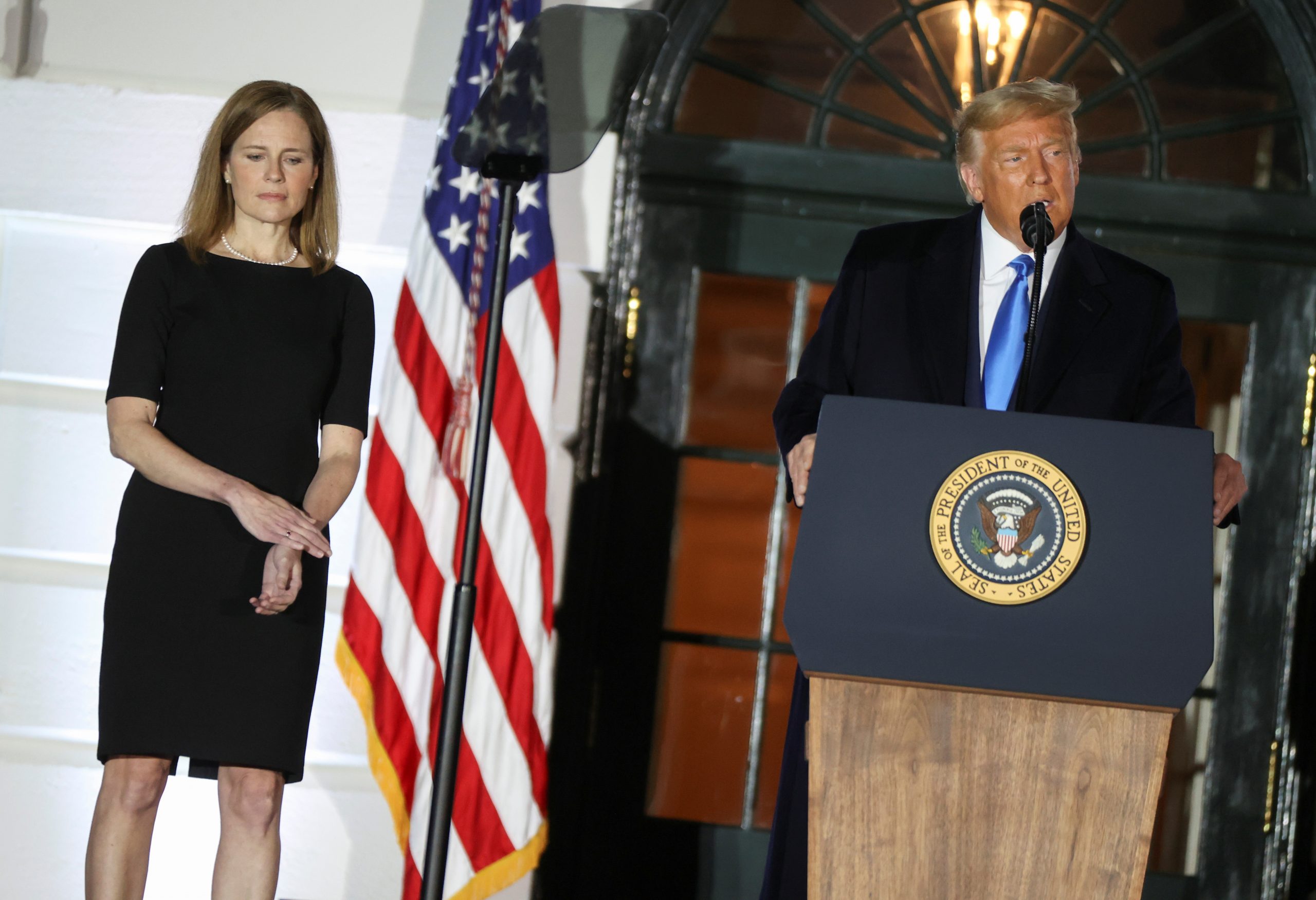By Jason Lange
WASHINGTON (Reuters) – Democratic presidential challenger Joe Biden led President Donald Trump by a solid margin in Wisconsin and maintained a narrower advantage in Pennsylvania with just over a week until Election Day, Reuters/Ipsos opinion polls showed on Monday.
Reuters/Ipsos is polling likely voters in six states – Wisconsin, Pennsylvania, Michigan, North Carolina, Florida and Arizona – that will play critical roles in deciding whether Trump wins a second term in office or if Biden ousts him.
Below is a state-by-state look at Reuters/Ipsos findings, based on the online responses of likely voters, which include responses from some who cast ballots ahead of the formal Nov. 3 Election Day. Early voting has shot to record levels amid the coronavirus pandemic:
WISCONSIN (Oct. 20 – Oct. 26):
- Voting for Biden: 53%
- Voting for Trump: 44%
- Biden’s advantage is marginally wider than his 51%-43% lead the prior week.
- 33% said they already had voted.
- 52% said Biden would be better at handling the coronavirus pandemic. 38% said Trump would be better.
- 47% said Trump would be better at managing the economy. 45% said Biden would be better.
PENNSYLVANIA (Oct. 20 – Oct. 26):
- Voting for Biden: 50%
- Voting for Trump: 45%
- Biden’s lead is marginally wider than in the prior week when he was up 49%-45%, an advantage that was on the edge of the survey’s credibility interval.
- 21% said they already had voted.
- 50% said Biden would be better at handling the coronavirus pandemic. 42% said Trump would be better.
- 50% said Trump would be better at managing the economy. 43% said Biden would be better.
FLORIDA (Oct. 14 – Oct. 20)
- Voting for Biden: 50%
- Voting for Trump: 46%
- Biden’s apparent lead is on the edge of the survey’s credibility interval.
- Prior poll showed the two essentially even, with Biden at 49% and Trump at 47%.
- 21% said they already had voted.
- 50% said Biden would be better at handling the coronavirus pandemic. 42% said Trump would be better.
- 51% said Trump would be better at managing the economy. 45% said Biden would be better.
ARIZONA (Oct. 14 – Oct. 21):
- Voting for Biden: 49%
- Voting for Trump: 46%
- With the margin within the survey’s credibility interval, the race is statistically tied.
- Prior poll showed Biden with a 50%-46% lead that was on the edge of the survey’s credibility interval.
- 27% said they already had voted.
- 49% said Biden would be better at handling the coronavirus pandemic. 43% said Trump would be better.
- 48% said Trump would be better at managing the economy. 45% said Biden would be better.
MICHIGAN (Oct. 14 – Oct. 20):
- Voting for Biden: 51%
- Voting for Trump: 44%
- Biden was up 51%-43% the prior week.
- 28% said they already had voted.
- 52% said Biden would be better at handling the coronavirus pandemic. 40% said Trump would be better.
- 48% said Trump would be better at managing the economy. 45% said Biden would be better.
NORTH CAROLINA (Oct. 14 – Oct. 20):
- Voting for Biden: 49%
- Voting for Trump: 46%
- Since the margin is within the poll’s credibility interval, the race is statistically tied, as it was in the prior poll when Biden had 48% to Trump’s 47%.
- 18% said they already had voted.
- 49% said Biden would be better at handling the coronavirus pandemic. 45% said Trump would be better.
- 51% said Trump would be better at managing the economy. 43% said Biden would be better.
NOTES
The Reuters/Ipsos opinion polls are conducted online in all six states in English, as well as in Spanish in Arizona and Florida.
- In Wisconsin, from Oct. 20 to Oct. 26, it gathered responses from 1,008 adults, including 664 likely voters, and had a credibility interval of 4 percentage points.
- In Pennsylvania, from Oct. 20 to Oct. 26, it gathered responses from 1,001 adults, including 653 likely voters, and had a credibility interval of 4 percentage points.
- In Florida, from Oct. 14 to Oct. 20, it gathered responses from 1,005 adults, including 662 likely voters, and had a credibility interval of 4 percentage points.
- In Arizona, from Oct. 14 to Oct. 21, it gathered responses from 951 adults, including 658 likely voters, and had a credibility interval of 4 percentage points.
- In Michigan, from Oct. 14 to Oct. 20, it gathered responses from 1,001 adults, including 686 likely voters, and had a credibility interval of 4 percentage points.
- In North Carolina, from Oct. 14 to Oct. 20, it gathered responses from 1,001 adults, including 660 likely voters, and had a credibility interval of 4 percentage points.(Reporting by Jason Lange; Additional reporting by Chris Kahn; Editing by Scott Malone and Peter Cooney)





